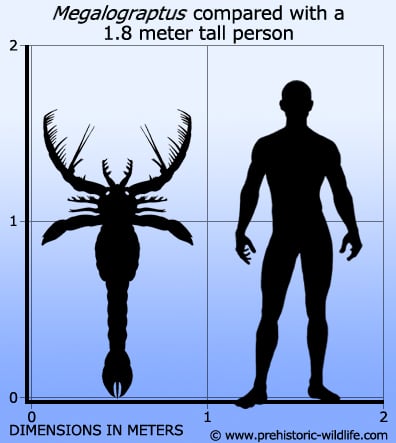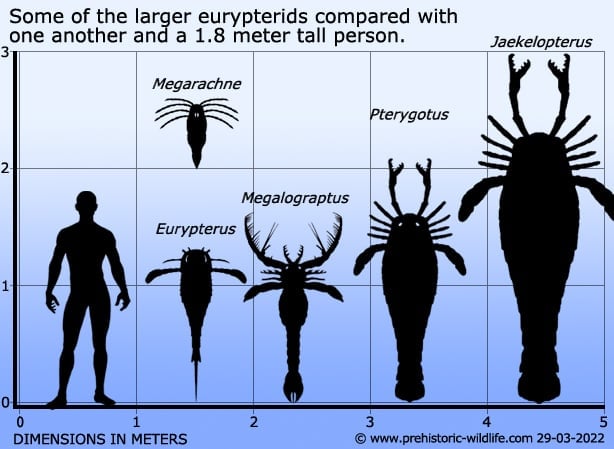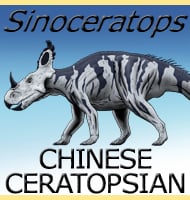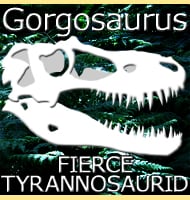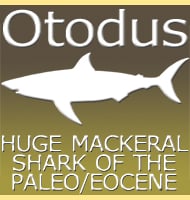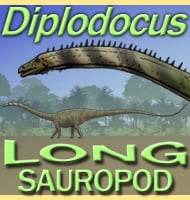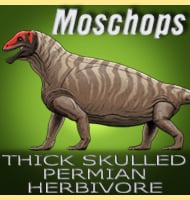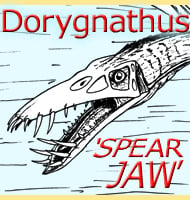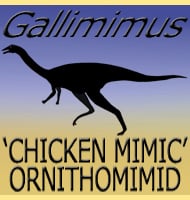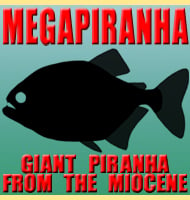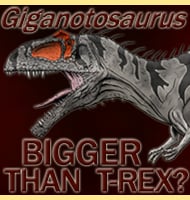In Depth
First mistaken for a graptolite thanks to only a very spiny leg being discovered, Megalograptus is now known to have been a large eurypterid, colloquially known as a ‘sea scorpion’. Megalograptus is the type genus of the Megalograptoidea, a group of eurypterids which are primarily identified by the arrangement of spikes on their third pair of legs. It is thought that the large spines on the various appendages helped Megalograptus to locate prey hidden within the soft sediments, and hidden from sight. Like all eurypterids Megalograptus had a telson, the final segment of the tail that is analogous to the ‘sting’ we can see on modern land scorpions. However in Megalograptus this is not expected to have formed a venomous sting, and instead Megalograptus probably just ripped prey apart as it ate.
Megalograptus Approached the larger end of the eurypterid scale though larger eurypterids are known, and these in turn may have hunted Megalograptus, especially if they had recently shed their skin and their new exterior had not yet hardened. Other possible predators may have included large orthocones such as Cameroceras. Like with other cephalopods, these would have had hard keratinous beaks capable of crunching through even the hardened exoskeletons of eurypterids
Further Reading
- Merostomata - Treatise on Invertebrate Paleontology, Part P Arthropoda 2, Chelicerata, P36. - L. Stormer - 1955.
